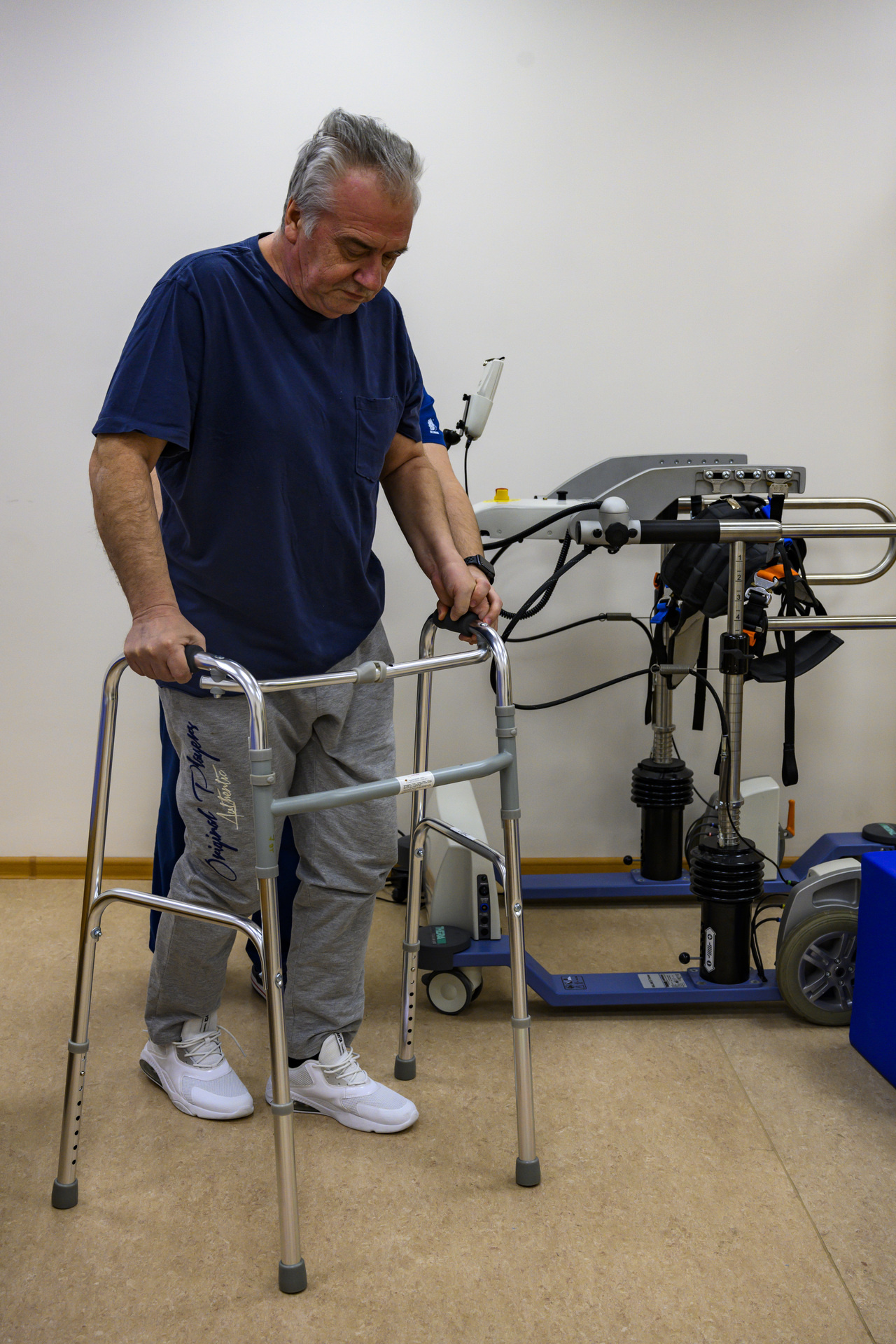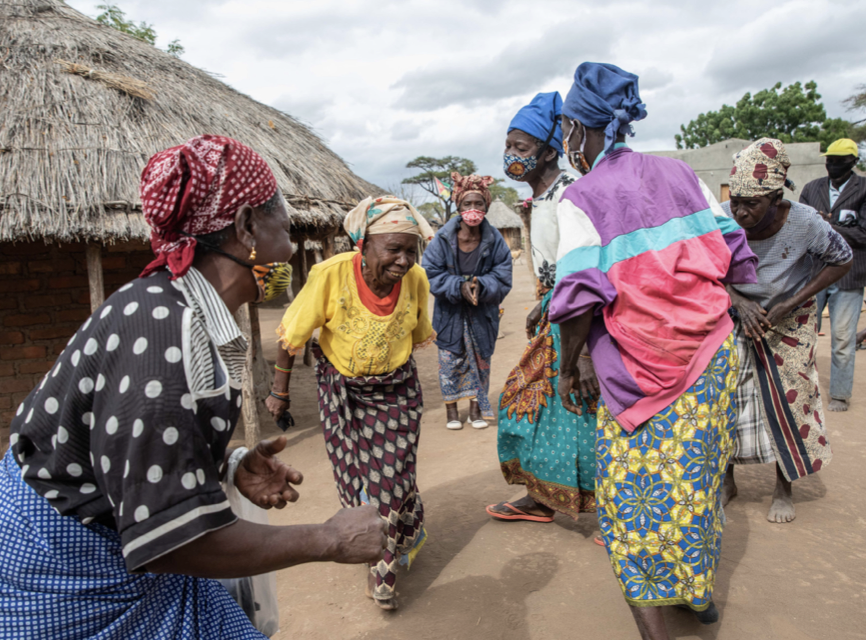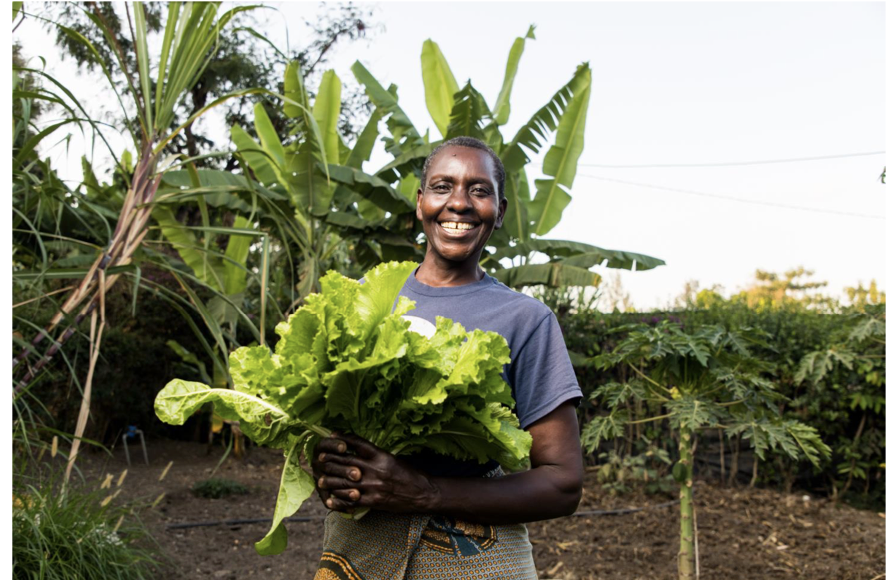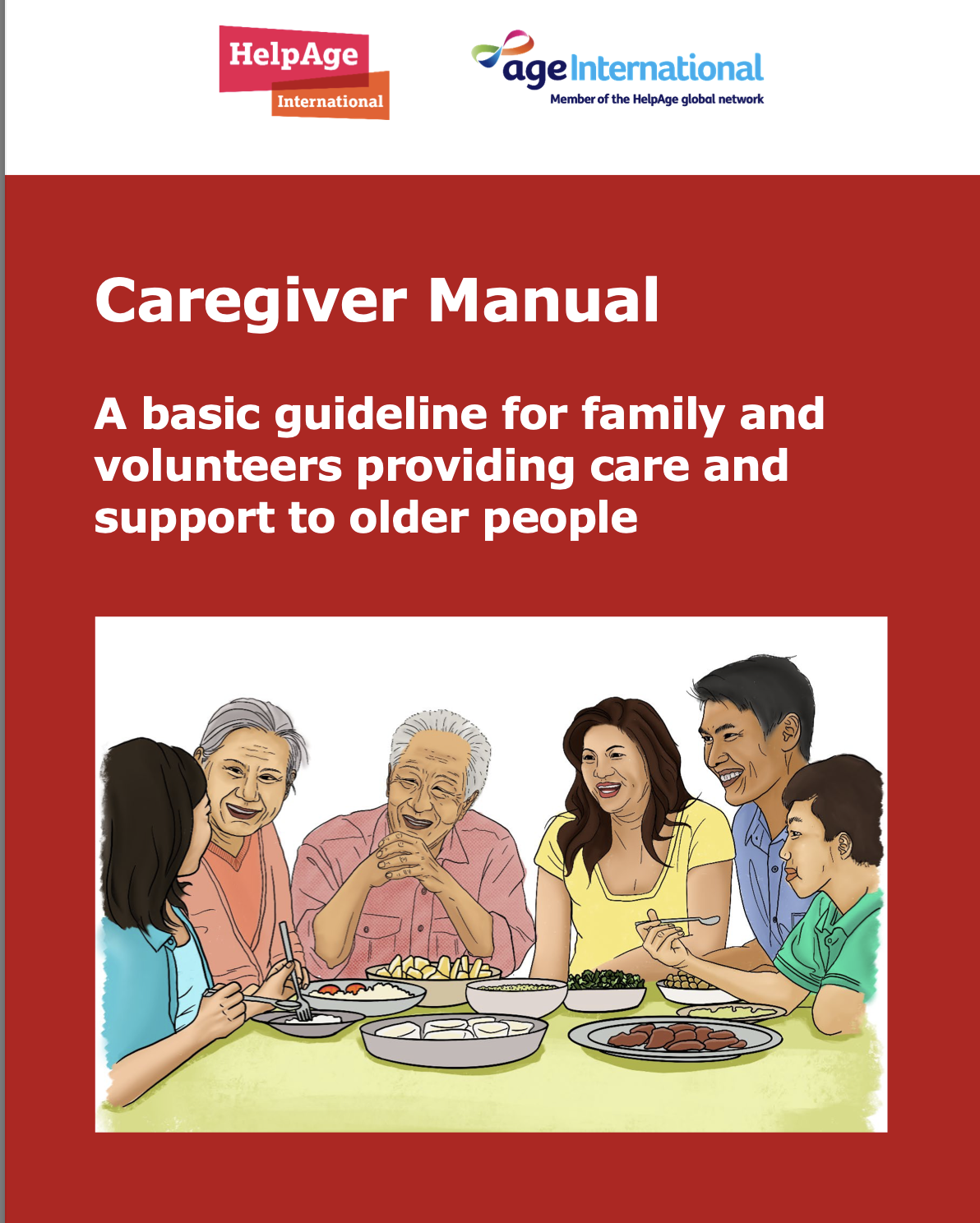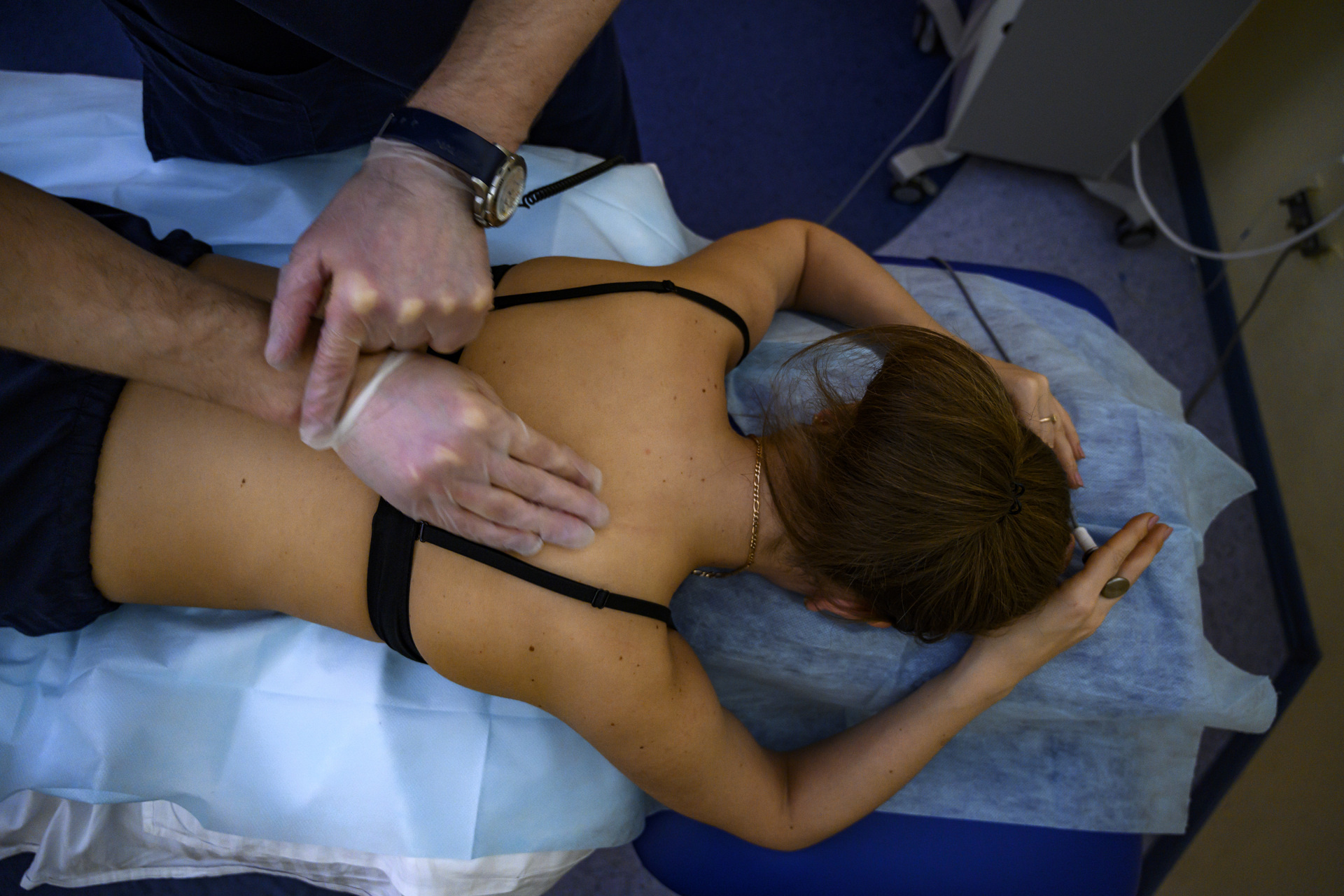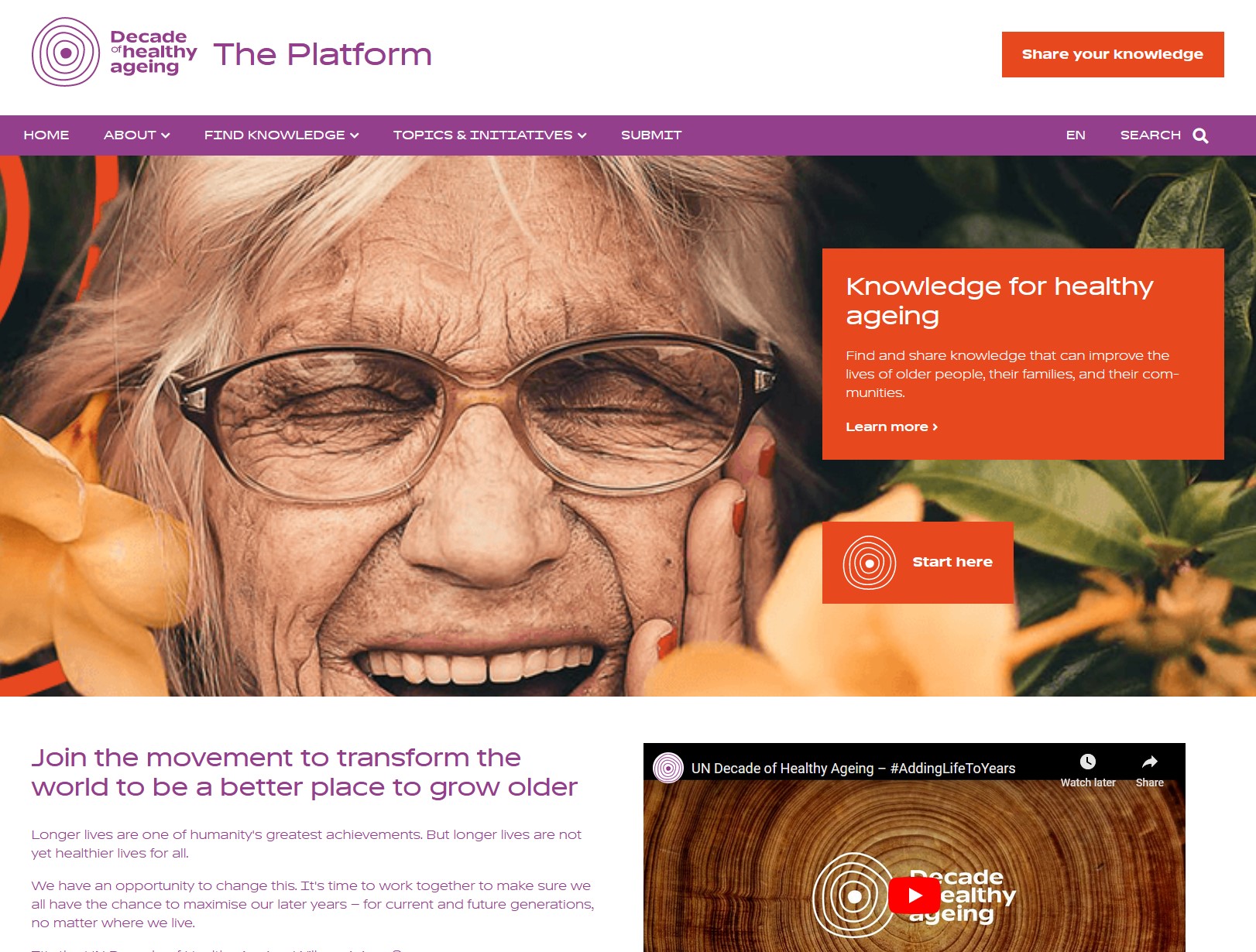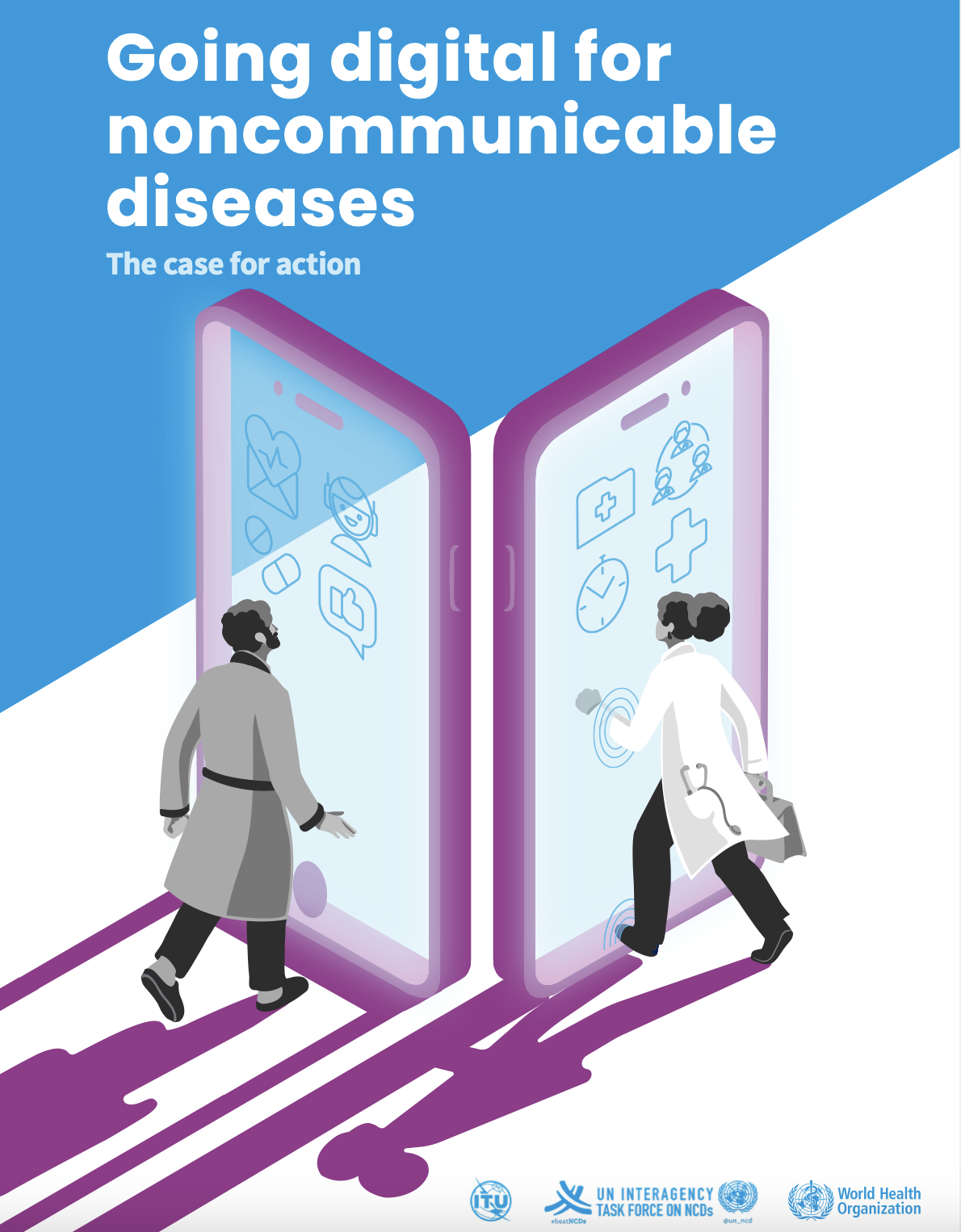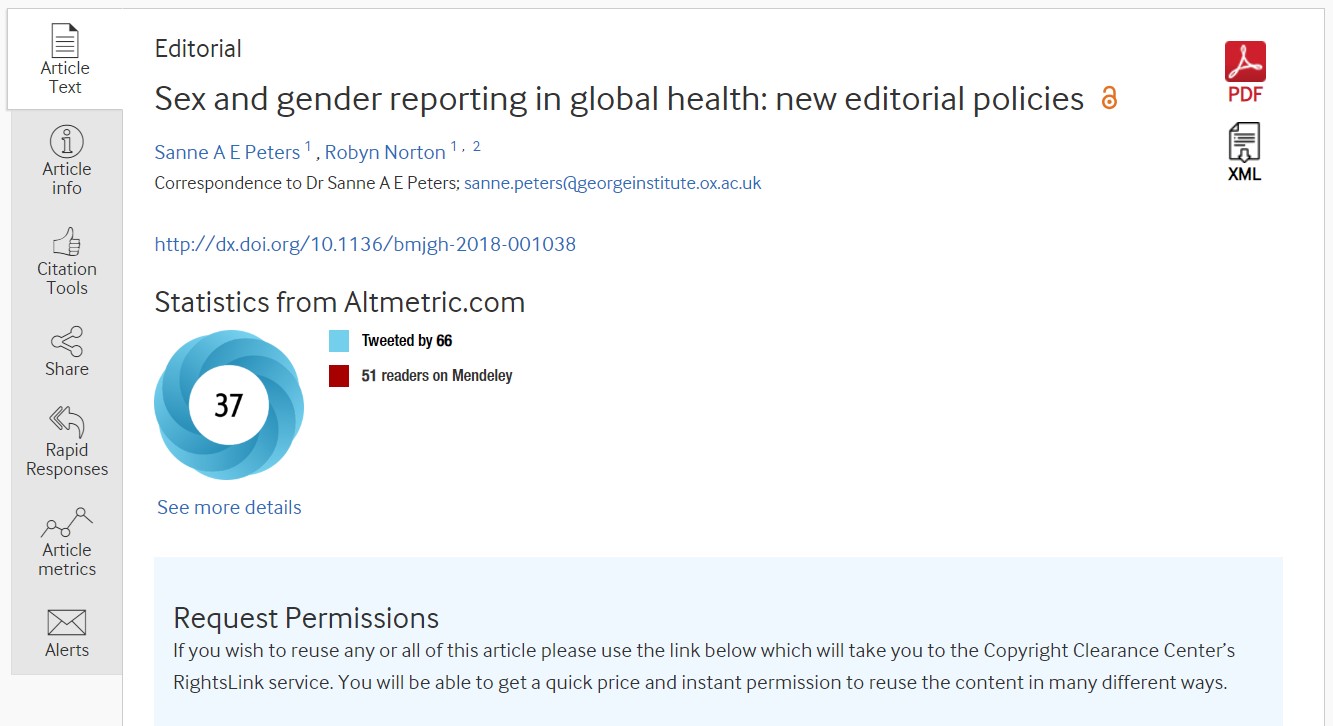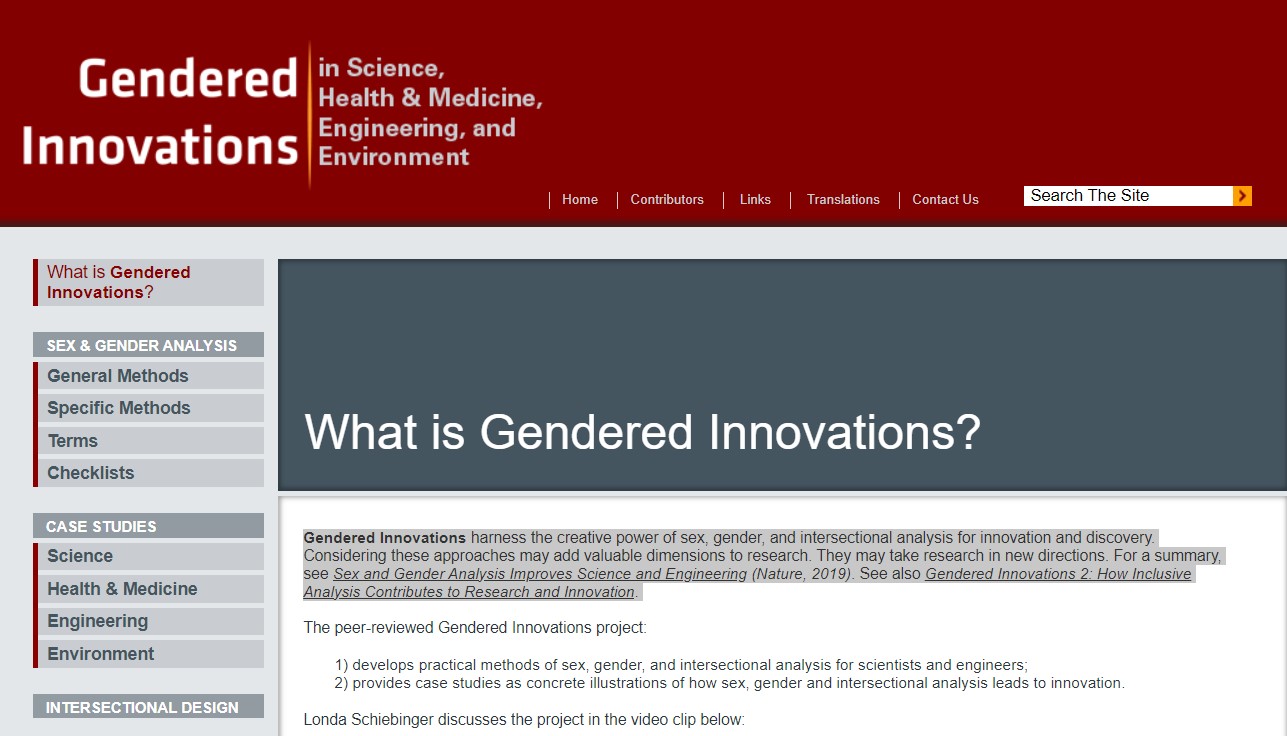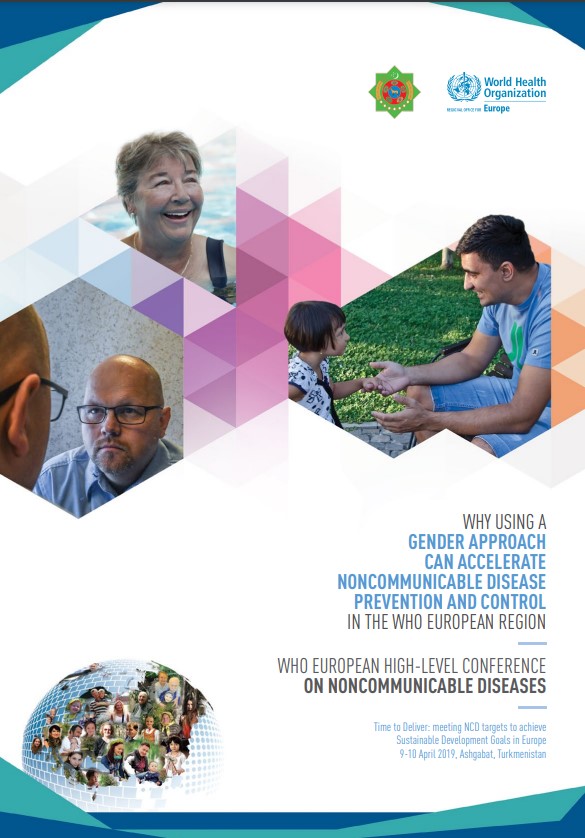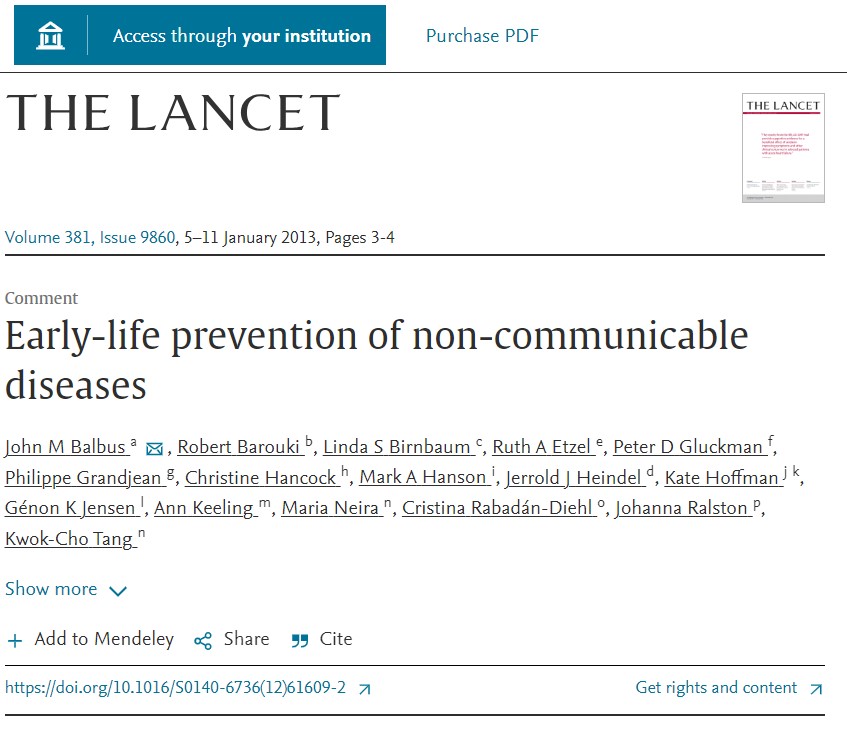Scope
Musculoskeletal health refers to the performance of the locomotor system, comprising intact muscles, bones, joints and adjacent connective tissues. Musculoskeletal impairments comprise more than 150 different diseases/conditions that affect the system and are characterized by impairments in the muscles, bones, joints and adjacent connective tissues leading to temporary or lifelong limitations in functioning and participation. Musculoskeletal conditions are typically characterized by pain (often persistent) and limitations in mobility and dexterity, reducing people’s ability to work and participate in society. Pain experienced in musculoskeletal structures is the most common form of non-cancer pain.
Musculoskeletal conditions are relevant across the life-course – from childhood to older age. They range from those conditions that arise suddenly and are short-lived (such as fractures, sprains and strains, associated with pain and limitations in functioning) though to long-term conditions such as chronic primary low back pain and osteoarthritis.
Musculoskeletal conditions include conditions that affect:
- joints, such as osteoarthritis, rheumatoid arthritis, psoriatic arthritis, gout, spondyloarthritis;
- bones, such as osteoporosis, osteopenia and associated fragility fractures, traumatic fractures;
- muscles, such as sarcopenia;
- multiple body areas or systems, such as regional (e.g. back and neck pain) and widespread (e.g. fibromyalgia) pain conditions, inflammatory diseases such as connective tissue diseases and vasculitis that have musculoskeletal manifestations, for example systemic lupus erythematosus, or amputation as a result of disease or trauma.
Musculoskeletal conditions are also the highest contributor to the global need for rehabilitation. They are among the largest contributors to the need for rehabilitation services among children and account for approximately two-thirds of all adults in need of rehabilitation. Musculoskeletal conditions often co-exist with other noncommunicable diseases and increase the risk of developing other noncommunicable diseases, such as cardiovascular disease (2). People with musculoskeletal conditions are also at higher risk to develop mental health issues.
Information presented on this page has been replicated from the linked WHO fact sheet. Please always refer to the original source on who.int for the latest version. Last update: March 2024.

